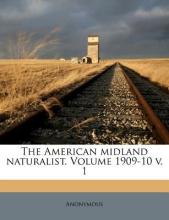Resource information
In the Flint Hills of Kansas and Oklahoma, U.S.A., grazing land is managed predominantly to promote homogeneous grassland structure. This potentially limits the diversity of habitats for grassland obligate songbirds with narrow habitat preferences during the breeding season, prompting ecologists and conservationists to call for managing rangelands for increased heterogeneity. The Flint Hills also hosts multiple species of conservation concern during winter, but avian habitat requirements are less well known during this period and seldom considered in management recommendations. We investigated the influence of vegetation structure on occurrence of songbirds overwintering at The Nature Conservancy's Tallgrass Prairie Preserve in Osage County, Oklahoma, where fire and grazing are used to increase structural and compositional heterogeneity. During the winters of 2008–2009 and 2009–2010, we used an area-search method to survey 149, 1 ha plots distributed among patches that represented a wide gradient in vegetation structure and 1–3 growing seasons since fire. We modeled occurrence of Le Conte's Sparrow (Ammodramus leconteii), Sedge Wren (Cistothorus platensis), Savannah Sparrow (Passerculus sandwichensis), and Smith's Longspur (Calcarius pictus) with a combination of fine-scale vegetation (e.g., litter depth in sampling plots), landscape-scale factors (e.g., distance to utility poles), and time since fire. Vegetation height was the most consistent predictor for three species, with Le Conte's Sparrow and Sedge Wren associated with tall structure and Smith's Longspur associated with shorter structure. Occurrence of Smith's Longspur was too low to adequately model effects of burn age, but fine-scale vegetation structure used by Le Conte's Sparrow and Sedge Wren was available in plots irrespective of time since fire. A variety of management techniques for creating habitat heterogeneity have the potential to promote grassland songbird diversity during winter, but further study is needed.



